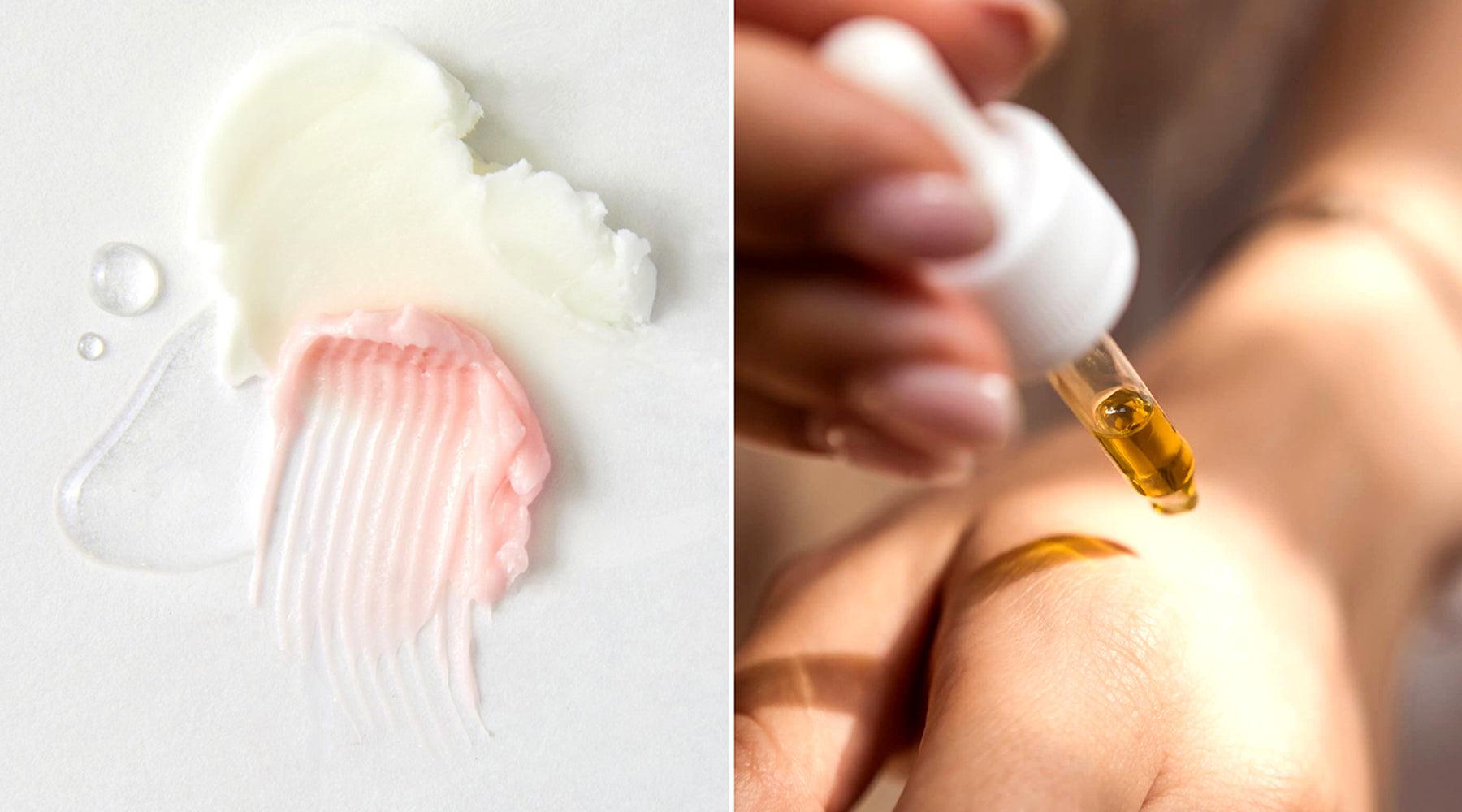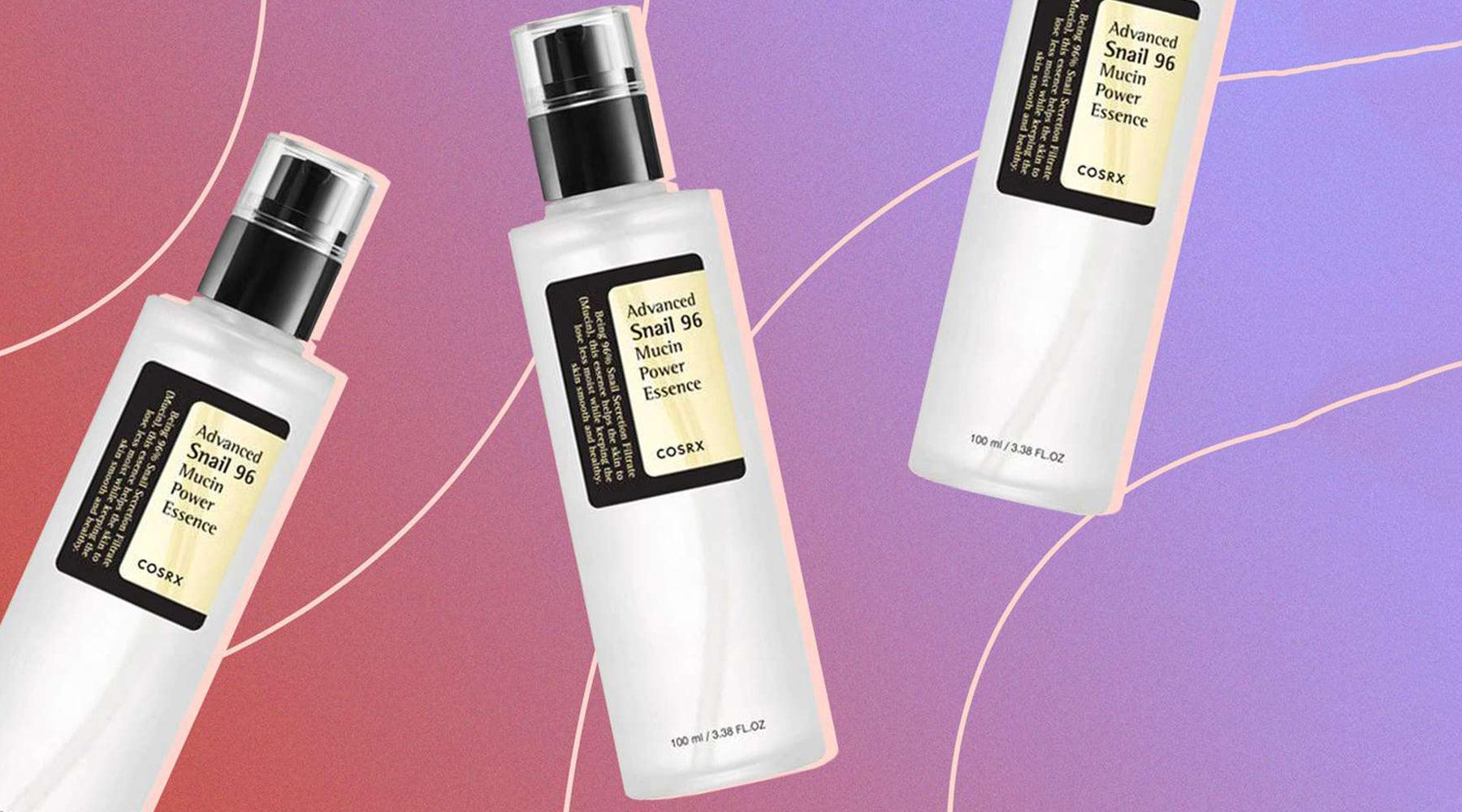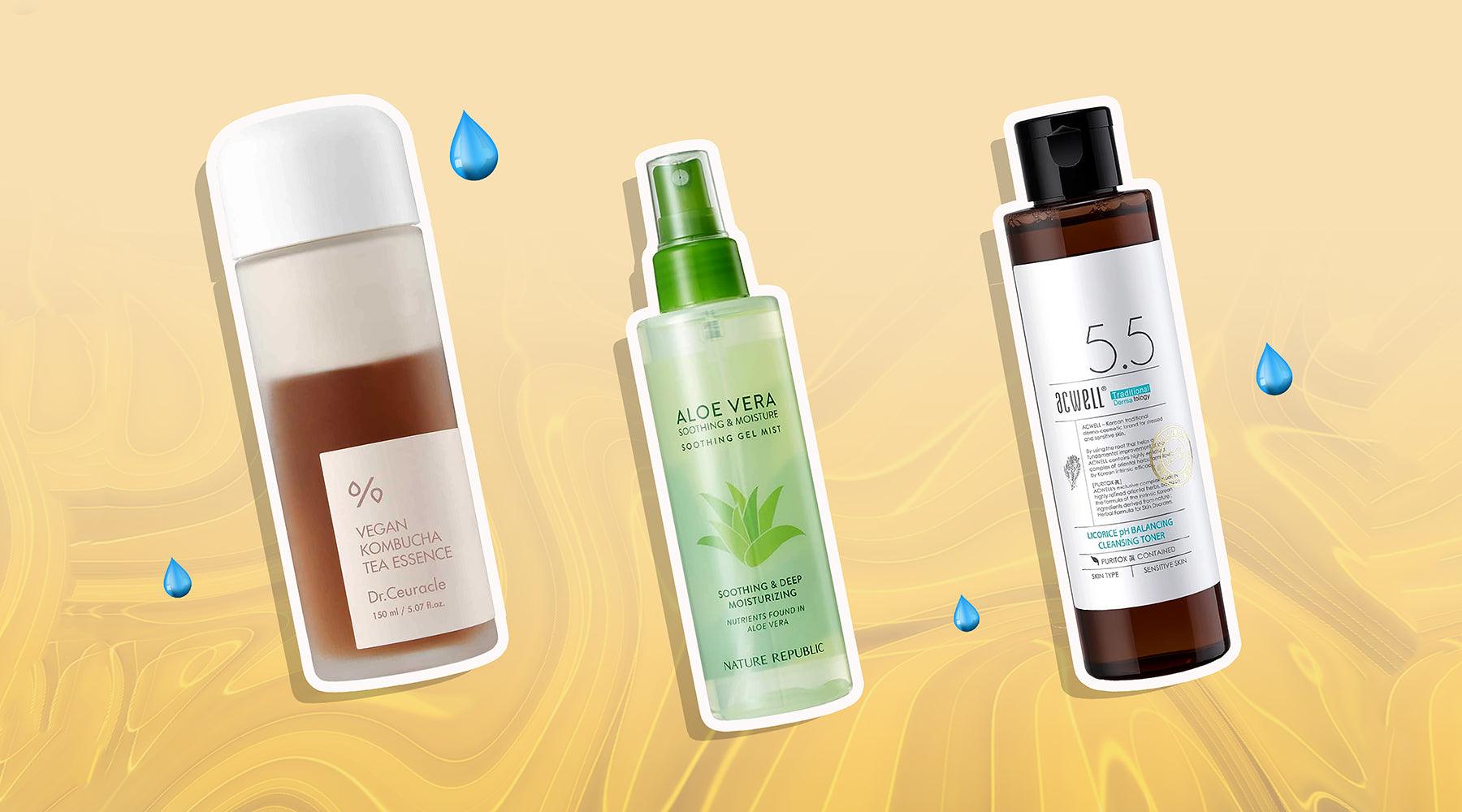
How to Layer Common Skincare Ingredients
Just as much as skincare ingredients can complement, they can also clash. Whether you have an optimized or lackluster skincare routine is often decided by your product layering choices. If layer right, skincare formulas can work together to expand their benefits. On the other hand. If layer incorrectly, their effects can be significantly weakened.
Why do we Layer Skincare Products?
Layered skincare, if done right, can produce enhanced results. This effect is due to the skincare product's ability to combine active and inactive ingredients to solve different skin problems, from breakouts to dark circles. So, when you layer your skincare products correctly, you allow active ingredients to treat your skin effectively.
The Basic Rules of Skincare Product Layering
The lighter ingredients that you put on first help, the heavier ingredients to penetrate better.
The standard pattern for layering skincare products is as follows: oil-based cleanser, water-based cleanser, exfoliator, toner, essence, treatment/mask, serum, eye cream, moisturizer, oil, and SPF.
Allow a 30 secs to 1 min gap between layers. This allows the skin enough time to absorb ingredients before being mixed with another formula.
The exception to the above rule are serum, spot treatment, and retinol. In their case, you should wait 3 – 5 mins before applying the next layer to allow full surface skin penetration.
SPF is always the last step in your skincare routine. Apply sunscreen only after there are no traces of moisturizer on the face.
With the basic rules of "how to layer common skincare ingredients covered," it's time to move on to getting to know the ingredients themselves.

What to – and What Not to – Mix Skincare Ingredients With
ARBUTIN
Also known as: Alpha-arbutin (avoid beta-arbutin.)
Daytime or Nighttime: Both.
Mix with: Vitamin C, or after exfoliating with an AHA.
Don't mix with: Niacinamide.
When and how to apply?
Arbutin should be applied to clean dry skin before moisturizing.
BAKUCHIOL
Also known as: Vegan retinol, Psoralea Corylifolia extract, phytoretinol.
Daytime or Nighttime: Both.
Mix with: Hyaluronic acid, niacinamide, and squalene. This powerful combination brightens the skin's complexion and diminishes fine lines over time.
Don't mix with: Benzoyl peroxide, vitamin C, or AHA/BHA acids. Retinol/bakuchiol doesn't blend well with these ingredients. Glycolic acid is also known to degrade the formulation of Bakuchiol.
When and how to apply?
Apply Bakuchiol after cleansing and toning. If you're using a bakuchiol serum, apply before your moisturizer. If it's a moisturizer with Bakuchiol, apply after your serum.
VITAMIN C
Also known as: Ascorbic acid, L-ascorbic acid, L-ascorbate
Daytime or Nighttime: Day, to take advantage of its antioxidant protection
Mix with: Hyaluronic acid, niacinamide, vitamin E, retinol.
Don't mix with: Acids. Since Vitamin C is essentially an acid (Ascorbic acid), it should not be combined with AHAs and BHAs like glycolic, salicylic, and lactic acids.
When and how to apply?
Generally speaking, the best time to apply vitamin C serum is after cleansing and toning your complexion and before moisturizing and SPF.
NIACINAMIDE
Also known as: Vitamin B3, Niacin.
Daytime or Nighttime: Both.
Mix with: Retinol, Hyaluronic acid, BHAs, or AHAs.
Don't mix with: Vitamin C. While Niacinamide and Vitamin C can form invaluable parts of any skincare routine, they don't work well when layered directly upon each other. In fact, some people swear by adopting a staggered morning and nighttime skincare routine, using either ingredient at separate times of the day for best results.
When and how to apply?
As most niacinamide serums are water-based, it's best to apply them after cleansing/toning and before oil-based serums or moisturizers. This way, you ensure the highest possible absorption and effectiveness.
RETINOL
Also known as: Vitamin A, Retinoids, Retinyl Palmitate, Retinyl Acetate, Retinyl Linoleate.
Daytime or Nighttime: Nighttime. Retinol renders skin highly sensitive to UV light.
Mix with: Hyaluronic Acid, ceramides, and SPF.
Mix with: Hyaluronic acid.
Don't mix with: Vitamin C, benzoyl peroxide, and AHA/BHA acids.
When and how to apply?
Apply retinol directly after cleansing before any other treatment serum or moisturizer.
ACIDS
Also known as: Chemical exfoliants, chemical peels, peels.
Daytime or Nighttime: Nighttime. Acids are strong exfoliants and render skin highly sensitive to UV light.
Mix with: Arbutin and Bakuchiol technically, but we'd use acids solo. They are really a standalone ingredient.
Don't mix with: Benzoyl Peroxide, Vitamin C, Niacinamide, and Retinol.
What Acids are Used in Skincare?
AHAs (Glycolic, Lactic, Mandelic): Alpha-Hydroxy Acids are water-soluble acids that are derived from fruits and plants. They're considered a chemical exfoliant, meaning they use chemicals (acids or enzymes) to buff away dead skin cells and treat enlarged pores, fine lines, and other surface-level concerns.
BHAs (Salicylic acid, Tropic acid, Betaine Salicylate): Unlike AHA, BHAs are oil-soluble chemical exfoliants, which means they more readily penetrate the skin through sebaceous glands, making them ideal for oily or combination skin. BHAs tend to minimize the appearance of fine lines and wrinkles while improving overall skin texture.
LHAs: Lipo-hydroxy-acids are similar to BHAs in that they're compatible with oily and acne-prone skins. By absorbing deep into the skin's layers, LHAs can unclog pores, help clear and prevent breakouts, as well as improving the appearance of blackheads.
PHA (gluconolactone, lactobionic acid, and galactose): Poly-hydroxy-acids are basically AHA derivatives. They can reverse sun damage, reduce the appearance of wrinkles, and make skin more elastic, toned, and hydrated.
Example Skincare Routines for Optimal Layering

Example 1: Anti-acne AM + PM Routine
AM: Hyaluronic acid, niacinamide, buffet, sunscreen.
PM: Squalene cleanser, SA/AHABHA Peel/Azelaic acid, natural moisturizing factors
Example 2: Anti-hyperpigmentation Evening Routine
Layer 1: Cleanser.
Layer 2: Retinoid.
Layer 3: Antioxidant or topical cream.
Layer 4: Moisturizer.
Layer 5: Sunscreen.
Example 3: Dry Skin PM Routine
Layer 1: Oil-based cleanser
Layer 2: Toner
Layer 3: Ceramide mist
Layer 4: Treat with hyaluronic acid
Layer 5: Moisturize
Layer 6: Apply lip balm and eye cream
Layer 7: Oil
Conclusion
Simply put, some skincare ingredients go together, and others don't. To achieve the skincare results you desire, layering your skincare wisely is often step 1. So, don't hesitate to reassess your skincare routine to see if any of your steps involve clashing ingredients (or not enough complementing ingredients!)




1 comment
“Your tips on achieving a natural makeup look are spot on. I’ve never felt so confident with minimal makeup!”
Website:- https://plushtan.ae/
Plush Tan
Leave a comment
This site is protected by reCAPTCHA and the Google Privacy Policy and Terms of Service apply.